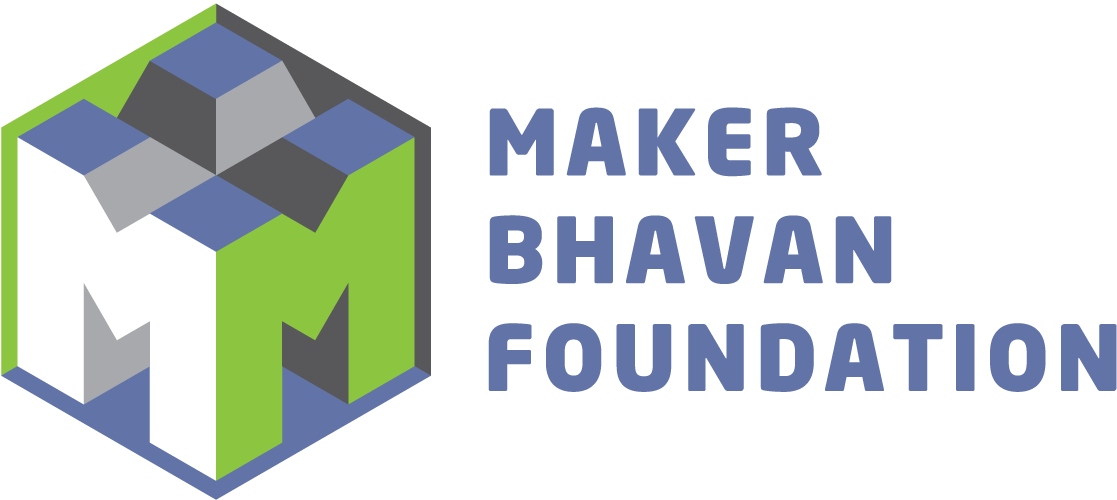
Inventive attitude
Students work very hard to enter engineering colleges like IITs and NITs. They learn from top- notch Faculty and acquire domain knowledge. What they do not know is how to be creative. How to invent novel systems. This is much to the detriment of the long-term goal of engineering education. Fostering creative engineering is an essential skill that can be taught but is not currently taught in universities.
Learning to Invent by Inventing
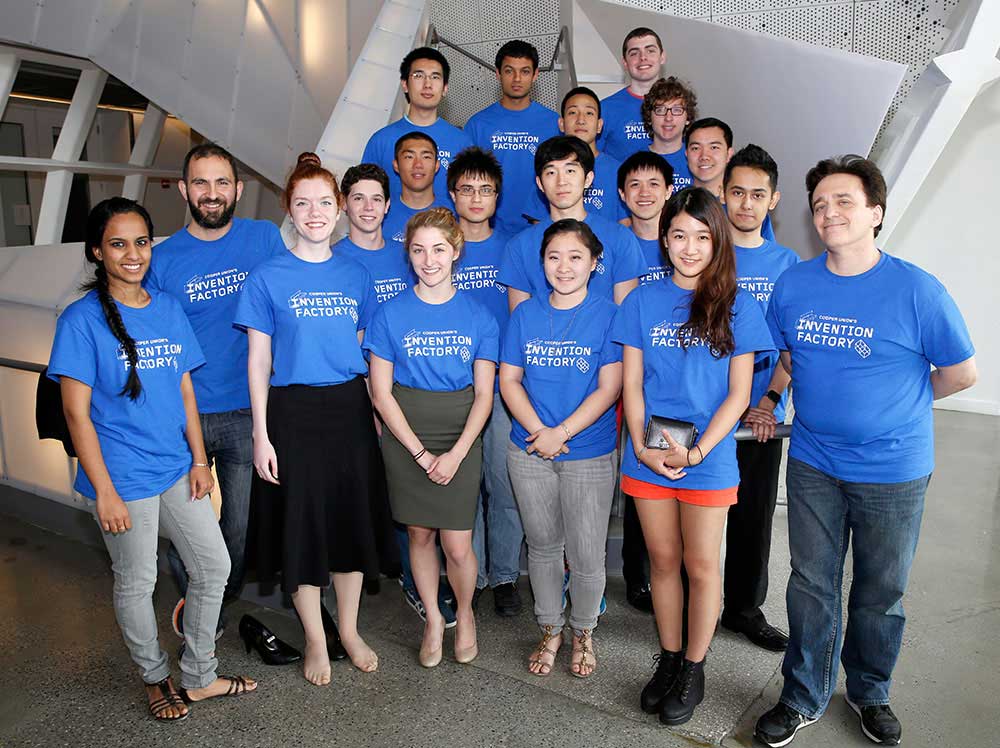
This is an intensive six-week summer program directed primarily at first and second year undergraduate students who would compete to invent a tangible product that met a significant need, and file provisional patents both in US and India. Professor of Physics and US Patent Attorney Dr Alan Wolf and Professor of Mechanical Engineering at Cooper Union College, Dr Eric Lima, who launched Invention Factory in 2013, come to India to offer hands-on training to the students as a part of this program.
Till date Alan and Eric have mentored students to develop more than 150 products across colleges in USA and India.
What students do
Week 0
Week 1
Week 2
Week 3
Week 4
Week 5
Week 6
Invention Factory, India: Impact Data
2018
IITGN
20 students
10 teams
5 IITs
10 Provisional Patents filed in USA & India
2019
IITGN
20 students
10 teams
9 IITs
10 Provisional Patents filed in USA & India
2022
IITGN & IITB
39 students
20 teams
15 IITs
20 Provisional Patents filed in USA & India
2022- IIT Gandhinagar Winners
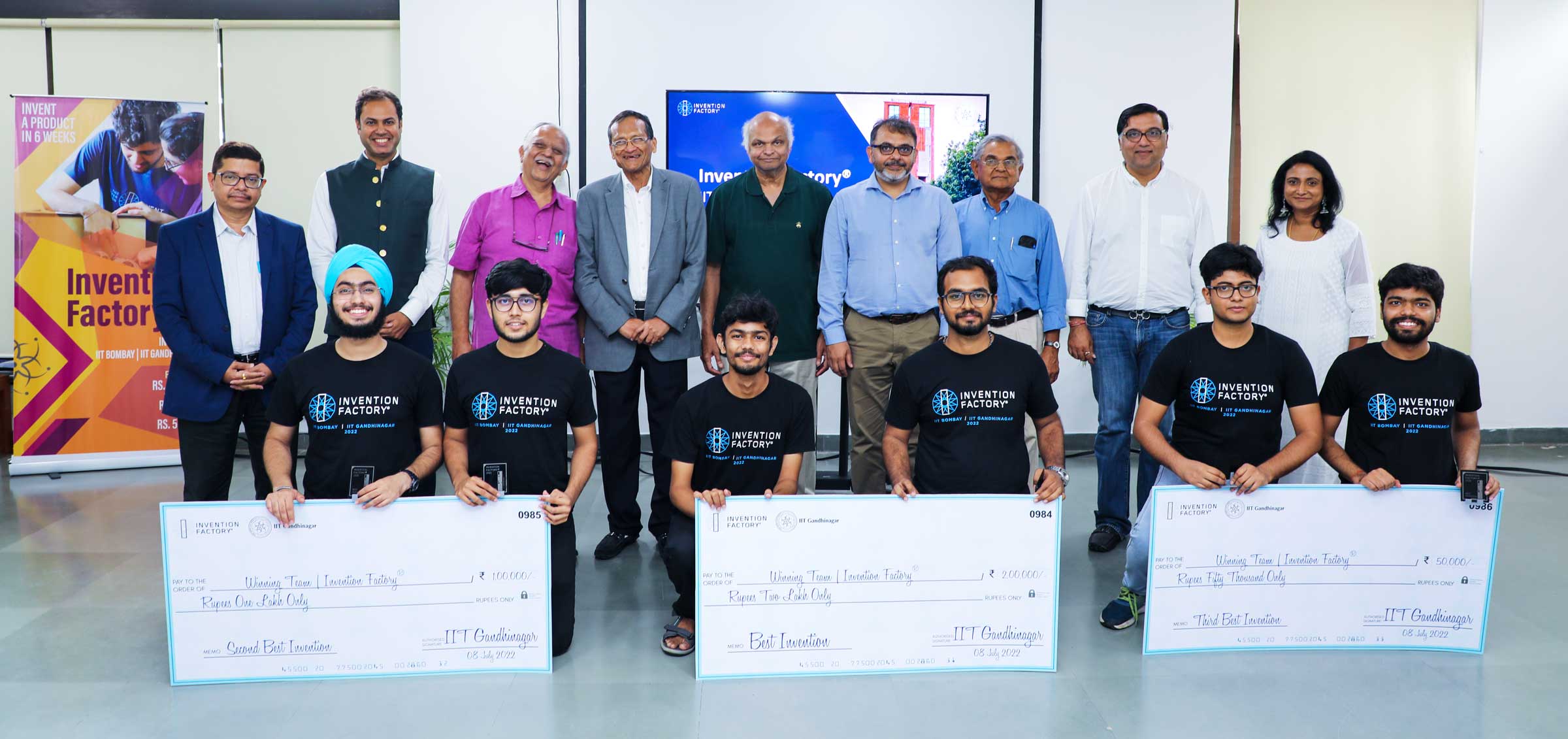
Sai Gowtham Tamminaina and Easwar Veeragandham from IIT Madras won the first prize for their invention on a Child Safety Seat for motorcycles with a harness for the baby that protects the child’s head and torso even when a motorcycle falls on the road. When the seat is not in use, it can be folded and converted into a box and used as a storage compartment.
An Optimized Fan Array System which can replace conventional fans was the second prize winning invention by Sagar Chavan and Pahul Singh from IIT Gandhinagar. The fans are arranged in a grid structure and has a control system which can control the speed and direction of rotation of each fan to obtain desired pattern of airflow. This device can direct the wind flow according to the need which includes splitting of the airflow in different directions based on number of people in a room.
Samarth Sachan and Rahul Kumar from IIT Kanpur won the third prize for a device that unclogs sewage lines. This device will be useful for the sewage operators to drill through the clog and transport debris up to the manhole which can be collected in a container attached at the top and then disposed off.
2022- IIT Bombay Winners
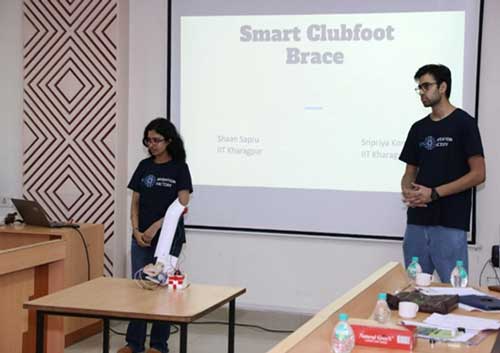
Sripriya Konda and Shaan Sapru from IIT Kharagpur won the grand first prize for successfully developing a ‘Smart Clubfoot Brace’ for children. This device is a smart corrective brace for kids that will ensure a higher compliance rate, enabling every baby with clubfoot to sleep comfortably.
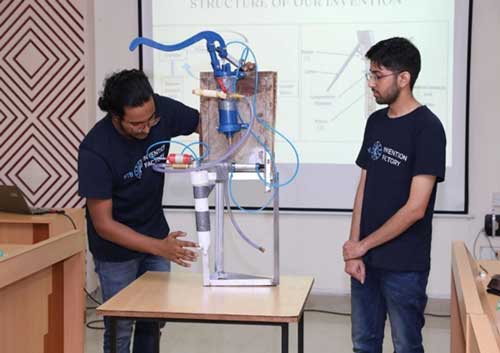
The second position was bagged by Arpit Upadhyay and Mohit Jajoriya, from IIT Bombay for inventing a ‘Hand Pump with an Integrated Water Purification System’. This device can provide citizens with easy access to clean drinking water, especially those in rural areas as it is a solution which performs reverse osmosis without electricity.
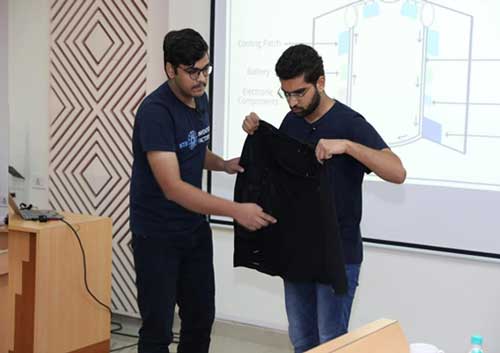
Rahul Bansal, IIT Ropar, and Phalgun Vyas, IIT Madras, came third with their invention ‘Active Thermoregulatory Vest’. This is a lightweight, power-efficient, and user-friendly vest that allows the consumer to set the temperature of the vest as per their comfort. The specialty of this vest is that it provides a cooling effect to the body during summers and keeps the body warm during winters.
What Invention Factory Teaches →
Effective communication and cognitive soft skills like critical thinking, problem solving, decision making and team work
How to identify & solve a significant unmet need
Knowledge of prototyping & product development
Patenting know-how and how to protect Intellectual Property
Long-term Impact
Invention Factory is not an entrepreneurship program. It is targeted at young undergraduates to help them become innovators and acquire skills that they can leverage for the rest of their lives be it as creative inventors, effective problem solvers and future business leaders for the nation.
Target by 2030
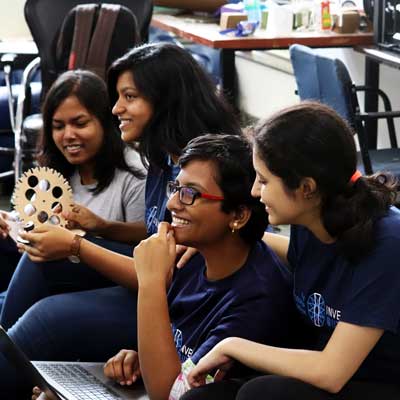
Expand Beyond IITs, open to students from all colleges
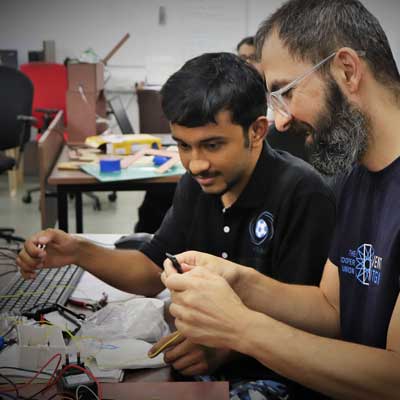
Post event fellowships to translate prototypes into marketable products

Develop 1,000 + inventors for the nation

Create a ₹20 crore endowment to fuel this expansion
